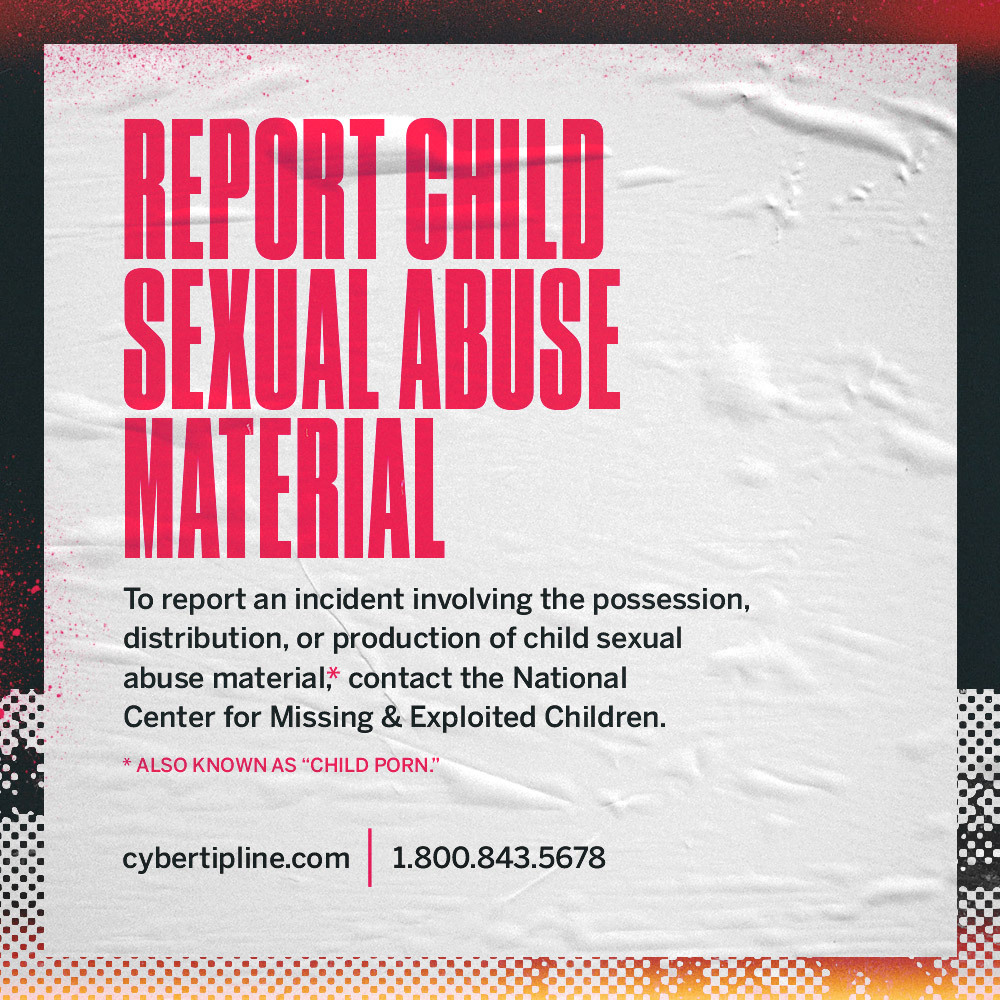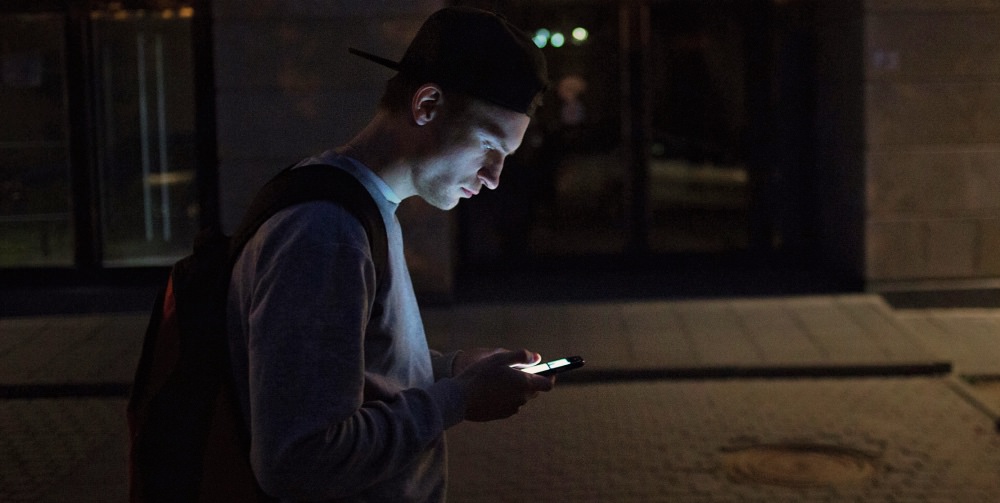For today’s teens, sending nudes is considered a normal form of flirting. But no matter how common it is, it’s causing some serious and unexpected trouble.
As just one example, a 16-year-old Maryland girl faced child pornography—also known as child sexual abuse material (CSAM)—charges for making a sexually explicit video of herself and texting it to two of her friends.
The teen, only identified as S.K., was convicted in juvenile court but her case was appealed to the state’s highest court, who will now determine how to treat teens who produce and distribute graphic content of themselves.
S.K.’s case shows the reality of teens today
The video showed S.K. performing oral sex on a 16-year-old male and was shared with S.K.’s two friends, who then shared the video with their school resource officer and other students.
There was a falling out among the friends as the video got around, and S.K.’s mother told the court that her daughter was so upset about the video being shared beyond the two friends that she didn’t attend school for a month.
Because S.K. was convicted in juvenile court, she will not be required to register as a sex offender, which has happened in different sexting cases. Many questions have been raised in legal circles as to the best way to deal with teen sexting cases in court or whether they should even be in court.
After all, CSAM laws are in place to protect teens and children, but what do we do when teens are producing it of themselves?
Age is a serious issue with sexting. Taking an explicit photo of yourself when you’re not yet 18 years old and then sharing it with another person not only puts you at risk of being victimized by “revenge porn“—or the nonconsensual sharing of intimate images, or the threat of sharing intimate images—but also at odds with the law for CSAM distribution.
While the laws are continuously updated and amended, here’s what we do know for teens today: sexting, along with the pressure to ask for or send nude pics, is a constant part of life.
Sexting falls under CSAM laws
In 2018, a study showed that 27% of 12-17 year-olds receive sexts, and almost 15% send them. Perhaps these numbers seem like sexting is a fringe issue, but many young people report that sexting is normal, suggesting “everyone does it.” If teens think sexting is mainstream, they are more likely to join in.
Just as our culture accepts porn as harmless despite the clear negative impacts, sexting is increasingly brushed off. It’s even considered a fun, normal way to explore a new relationship, but in the eyes of what’s legally acceptable, this is not the case for teens.
According to US federal law, CSAM is defined as “any visual depiction of sexually explicit conduct involving a minor (someone under 18 years of age).” Producing, possessing, or distributing (i.e., sharing with friends) nude pictures when you’re still a teenager falls under illegal contraband.
Even though teens sharing images of each other is not the same as a video of a young child being abused, lawmakers are understandably hesitant to allow leniency to any underage explicit images. For now, hitting “send” can have some serious consequences. But as technology evolves, and the culture around sexting evolves with it, that may change.
Beyond the law, sexting is a minefield
The momentary thrill of being noticed by your crush is definitely overshadowed by the many risks of sexting—ending up in court is one of them, albeit an extreme one. Sharing explicit photos of yourself relinquishes control of your privacy, which could result in your images being posted online or circulated around school. Sexting is never totally safe.
If you’re doubtful it could happen to you, consider this: one survey has said 12% of teens have forwarded a sext without the consent of the person involved, and 8.4% knew of one of their own sexts being forwarded without their consent. In other reports, those numbers are much higher.
It’s important to note that surveys have shown that pictures resulting from pressure are much more likely to be shared around than those shared in an already-established relationship with trust.Englander, E.K. (2017). Cyberbullying, Self-Cyberbullying, and Coerced Sexting: Epidemiology and Clinical Correlates. Journal of the American Academy of Adolescent Psychiatry, 56(10S), S6. Retrieved from Copy
Additionally, sexting is like porn in the way it objectifies and dehumanizes the subject. Sexual objectification occurs when people perceive others as sex objects rather than complex human beings deserving of dignity and respect. In fact, in a review of research on sexual violence, two leading experts called sexual objectification the “common thread” that connects different forms of sexual violence.Gervais, S. J., & Eagan, S. (2017). Sexual objectification: The common thread connecting myriad forms of sexual violence against women. The American journal of orthopsychiatry, 87(3), 226–232. https://doi.org/10.1037/ort0000257Copy
Reject dehumanization and objectification
Each one of us can play a part in creating a healthier culture that rejects the normalization of objectification. And that starts not only with putting an end to sexually inappropriate and harmful behaviors but also putting an end to attitudes that support dehumanization.
Sometimes girls sending nude sexts think they can avoid the shame of being identified online by cropping their faces out of their pictures, but this is objectification similar to what the porn industry practices. It allows for the consumption of a body instead of the respect of a whole person, and is that ever healthy in a relationship?
You’re either a “prude” if you don’t join in, or you run the risk of distributing CSAM and some serious consequences if you do send pics. The pressure to join in is very real and can even be flattering. There’s nothing wrong with wanting to be attractive and being noticed for being attractive, but the reality is sexting is a minefield.
We aren’t here to control anyone’s sexual choices or shame anyone. We do know, however, that a respectful crush won’t pressure anyone to send them anything.
The possibility of being entangled in CSAM laws is very real. Beyond the law, sexting culture is toxic, suggesting to girls that their worth is their body and to boys that a girl is a sexual object for their pleasure. How is this message helpful to anyone?
Pressing “send” is never worth it, and no one deserves to have their private images shared.
Click here to learn what you can do if you are a victim of image-based abuse or revenge porn.

Your Support Matters Now More Than Ever
Most kids today are exposed to porn by the age of 12. By the time they’re teenagers, 75% of boys and 70% of girls have already viewed itRobb, M.B., & Mann, S. (2023). Teens and pornography. San Francisco, CA: Common Sense.Copy —often before they’ve had a single healthy conversation about it.
Even more concerning: over half of boys and nearly 40% of girls believe porn is a realistic depiction of sexMartellozzo, E., Monaghan, A., Adler, J. R., Davidson, J., Leyva, R., & Horvath, M. A. H. (2016). “I wasn’t sure it was normal to watch it”: A quantitative and qualitative examination of the impact of online pornography on the values, attitudes, beliefs and behaviours of children and young people. Middlesex University, NSPCC, & Office of the Children’s Commissioner.Copy . And among teens who have seen porn, more than 79% of teens use it to learn how to have sexRobb, M.B., & Mann, S. (2023). Teens and pornography. San Francisco, CA: Common Sense.Copy . That means millions of young people are getting sex ed from violent, degrading content, which becomes their baseline understanding of intimacy. Out of the most popular porn, 33%-88% of videos contain physical aggression and nonconsensual violence-related themesFritz, N., Malic, V., Paul, B., & Zhou, Y. (2020). A descriptive analysis of the types, targets, and relative frequency of aggression in mainstream pornography. Archives of Sexual Behavior, 49(8), 3041-3053. doi:10.1007/s10508-020-01773-0Copy Bridges et al., 2010, “Aggression and Sexual Behavior in Best-Selling Pornography Videos: A Content Analysis,” Violence Against Women.Copy .
From increasing rates of loneliness, depression, and self-doubt, to distorted views of sex, reduced relationship satisfaction, and riskier sexual behavior among teens, porn is impacting individuals, relationships, and society worldwideFight the New Drug. (2024, May). Get the Facts (Series of web articles). Fight the New Drug.Copy .
This is why Fight the New Drug exists—but we can’t do it without you.
Your donation directly fuels the creation of new educational resources, including our awareness-raising videos, podcasts, research-driven articles, engaging school presentations, and digital tools that reach youth where they are: online and in school. It equips individuals, parents, educators, and youth with trustworthy resources to start the conversation.
Will you join us? We’re grateful for whatever you can give—but a recurring donation makes the biggest difference. Every dollar directly supports our vital work, and every individual we reach decreases sexual exploitation. Let’s fight for real love:



